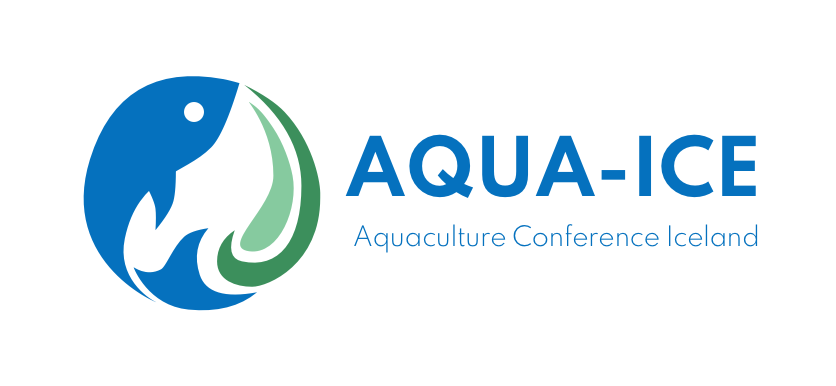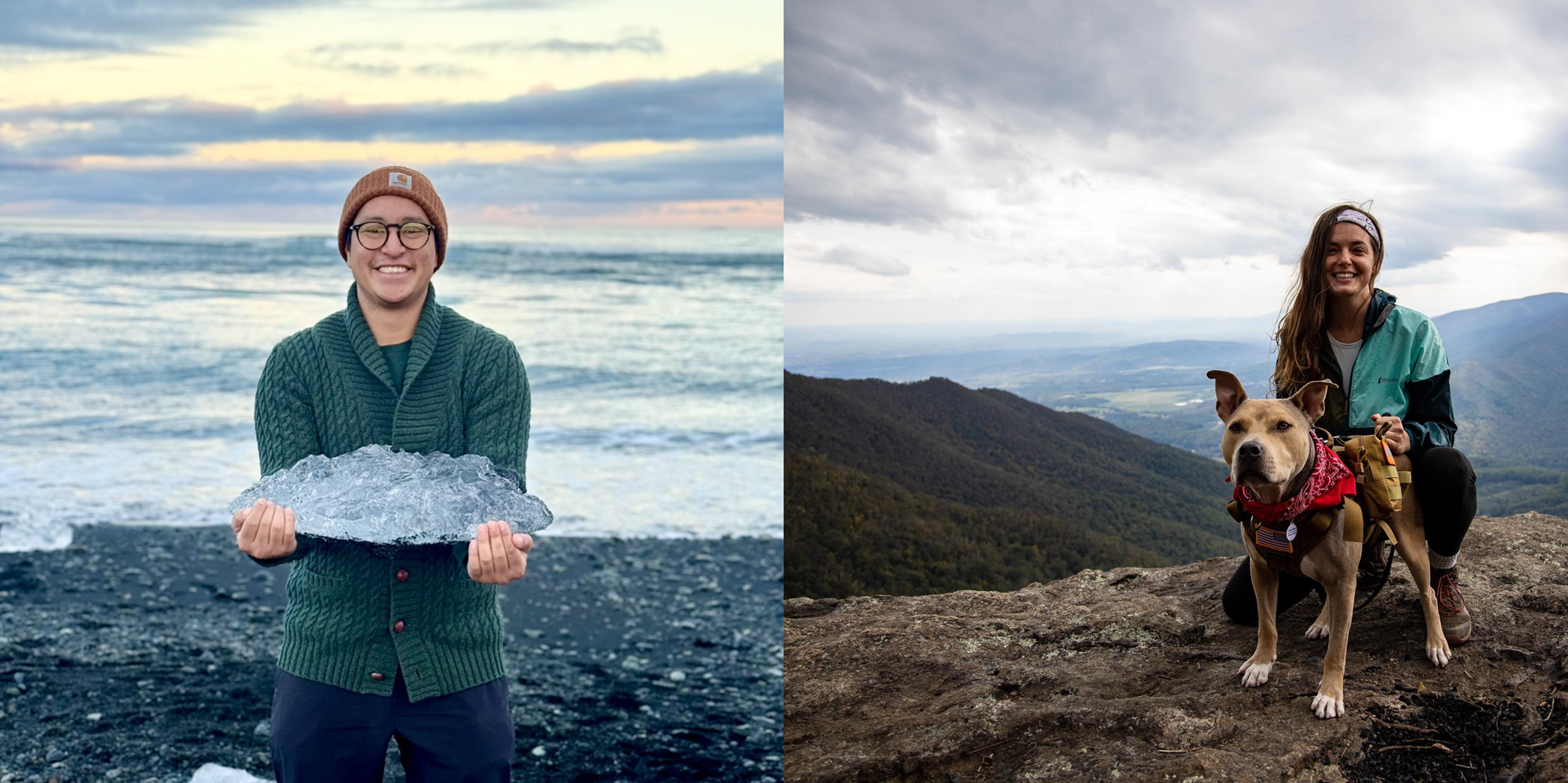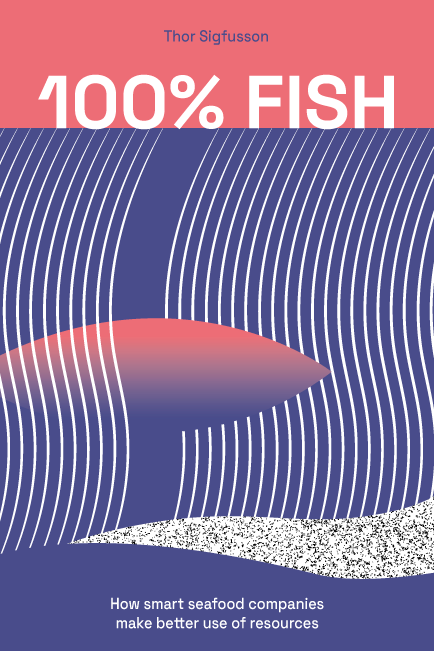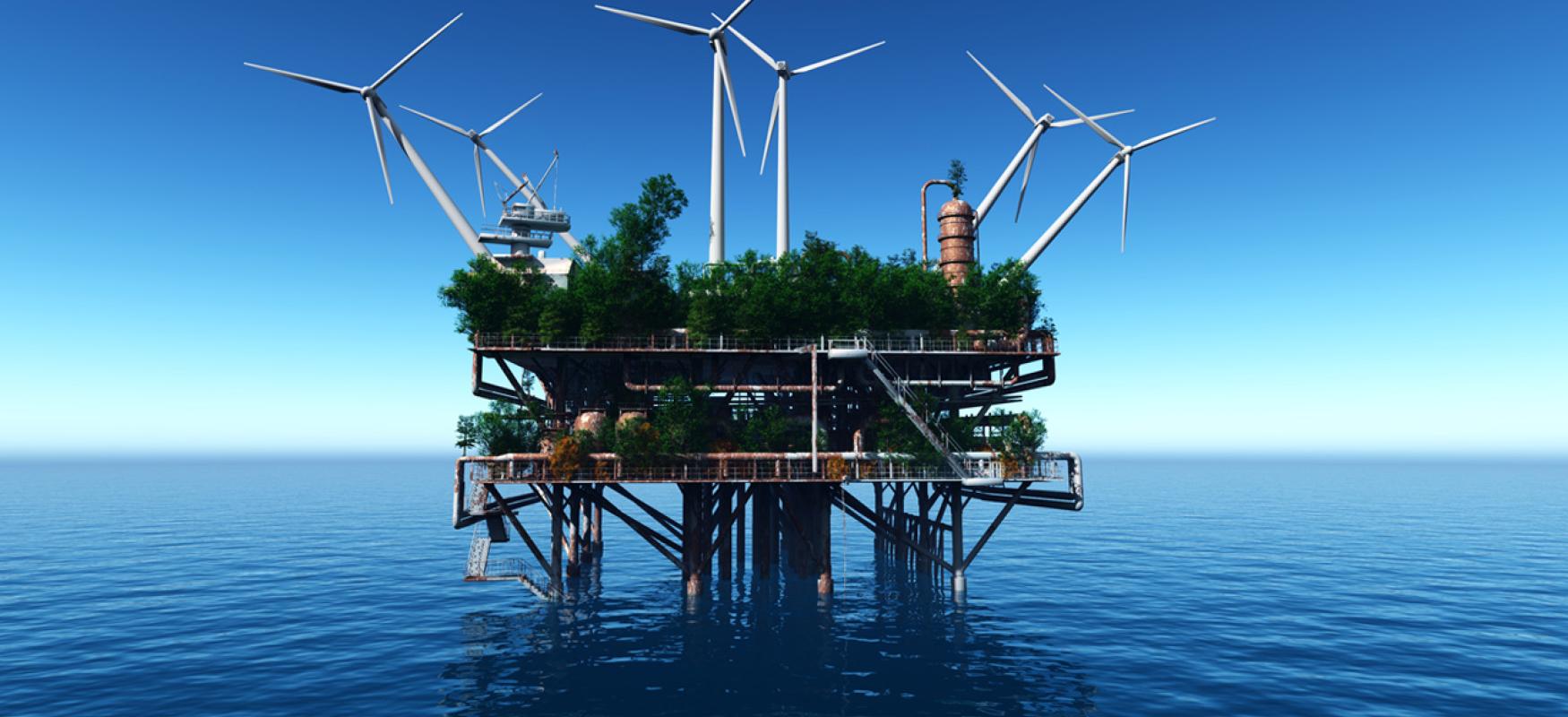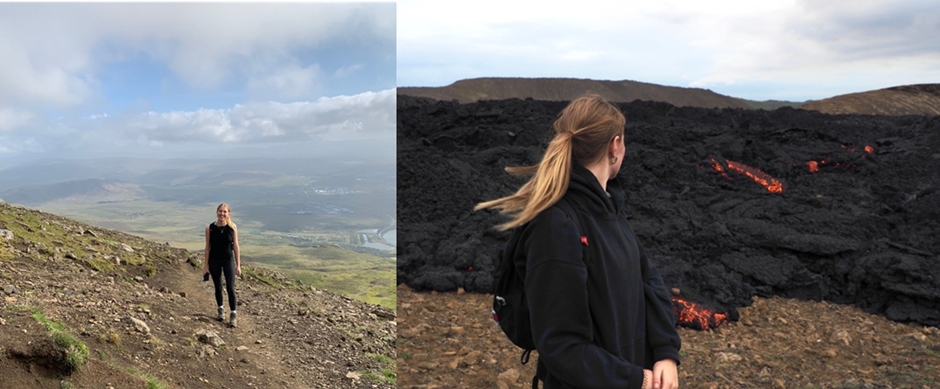Farming Fish on Land – A Global Perspective and a focus on Iceland
The AquaIce Conference 2023 (Lagarlíf), held in Reykjavik last month, was a melting pot of innovative ideas and insights into the world of aquaculture. The Iceland Ocean Cluster had the honour to attend and presented a talk titled “FARMING FISH ON LAND: A GLOBAL PERSPECTIVE & ICELANDIC FOCUS.” In this post, we’ll give you a brief overview of the key takeaways from this presentation.
The presentation, “FARMING FISH ON LAND: A GLOBAL PERSPECTIVE & ICELANDIC FOCUS,” delved into the world of aquaculture, focusing on inland aquaculture using the aquaculture dataset from the Food and Agriculture Organisation (FAO).
Where does most aquaculture production come from?
One of the fundamental questions posed during the presentation was, “Where does most aquaculture production come from?” Surprisingly, the answer lies on land. Unlike traditional perceptions of aquaculture, an increasing proportion of this industry is now being conducted on land in so-called “inland waters” which includes artificial bodies of water like recirculating aquaculture systems (RAS).
What are the top ten countries for inland aquaculture production?
The presentation also highlighted the top ten countries leading the way in inland aquaculture production. These nations – mostly in Asia – are making remarkable contributions to the global aquaculture industry.
What are the top ten most farmed fish species?
Another eye-opening aspect of the presentation was the revelation of the species commonly farmed in these inland aquaculture systems. Many of these species are not only unique but also relatively unfamiliar to European consumers. The presentation aimed to shed light on the diversity of freshwater species that thrive in these systems.
How does the Icelandic inland aquaculture looks like?
Bringing the presentation closer to home, the discussion shifted to the Nordics. The presentation focused on three prominent species of interest in Iceland’s aquaculture industry: Atlantic salmon, rainbow trout, and arctic char. These species are not only relevant to the local market but also signify Iceland’s vital role in global aquaculture.
The presentation at the AquaIce Conference 2023 offered a fresh perspective on aquaculture, emphasising land-based production and the importance of diverse species in sustaining this thriving industry. It was a testament to the dynamic nature of aquaculture and its potential to reshape the future of food production.

